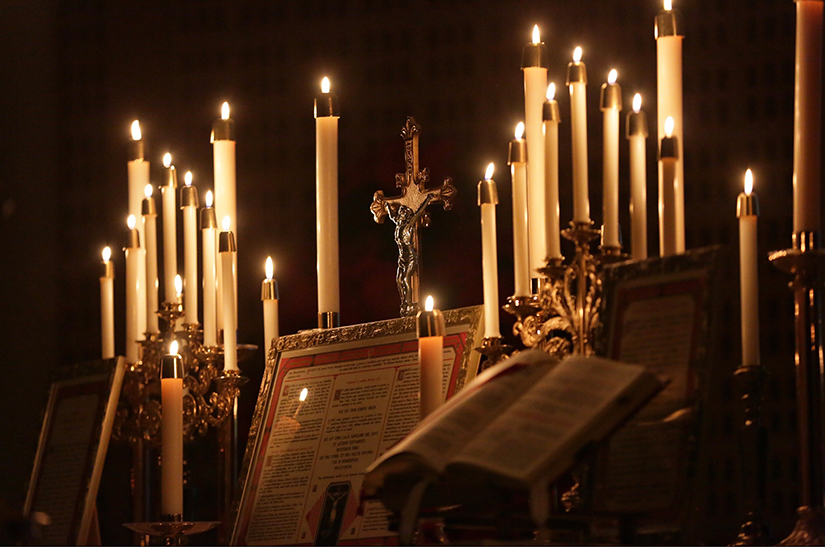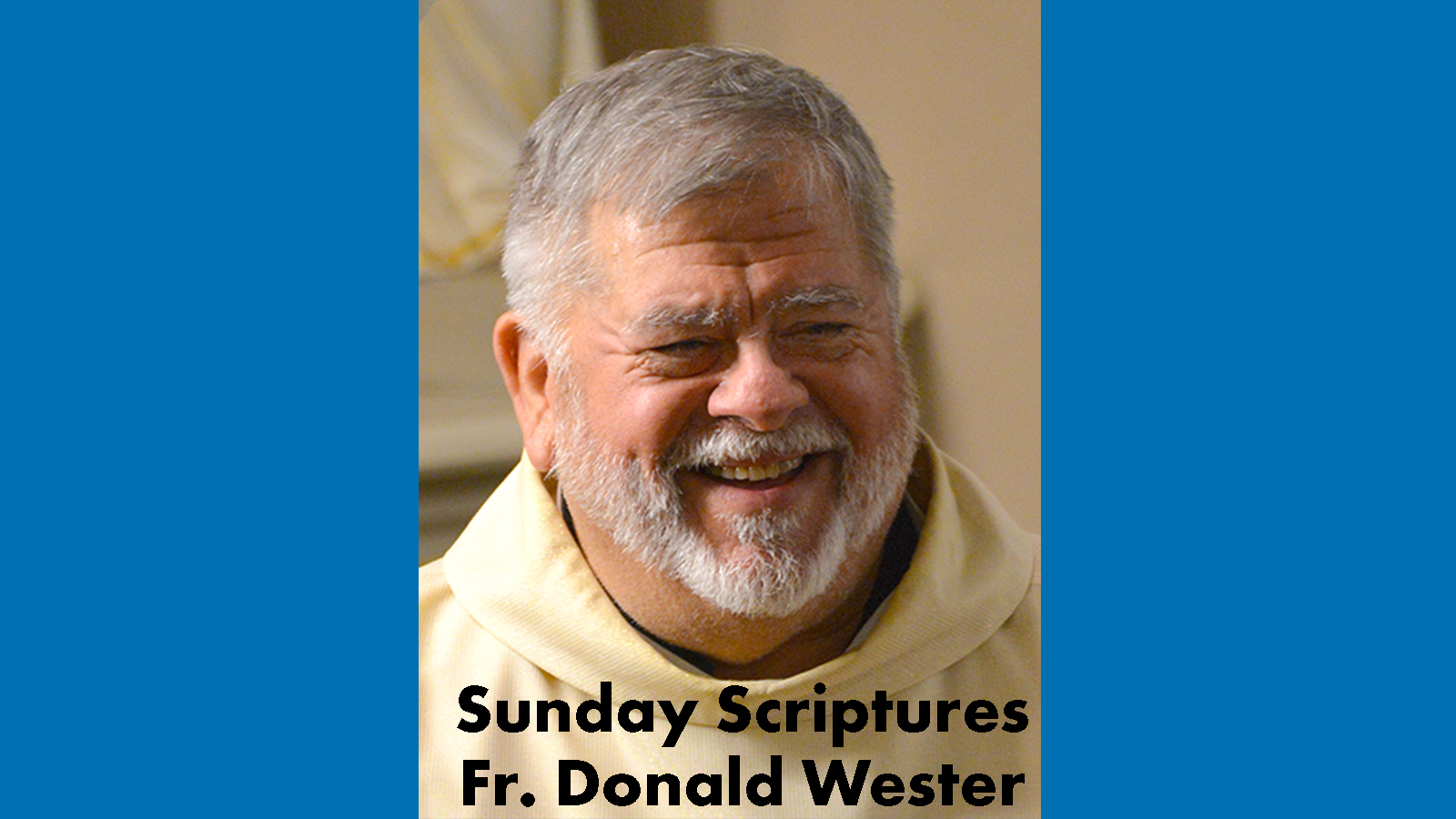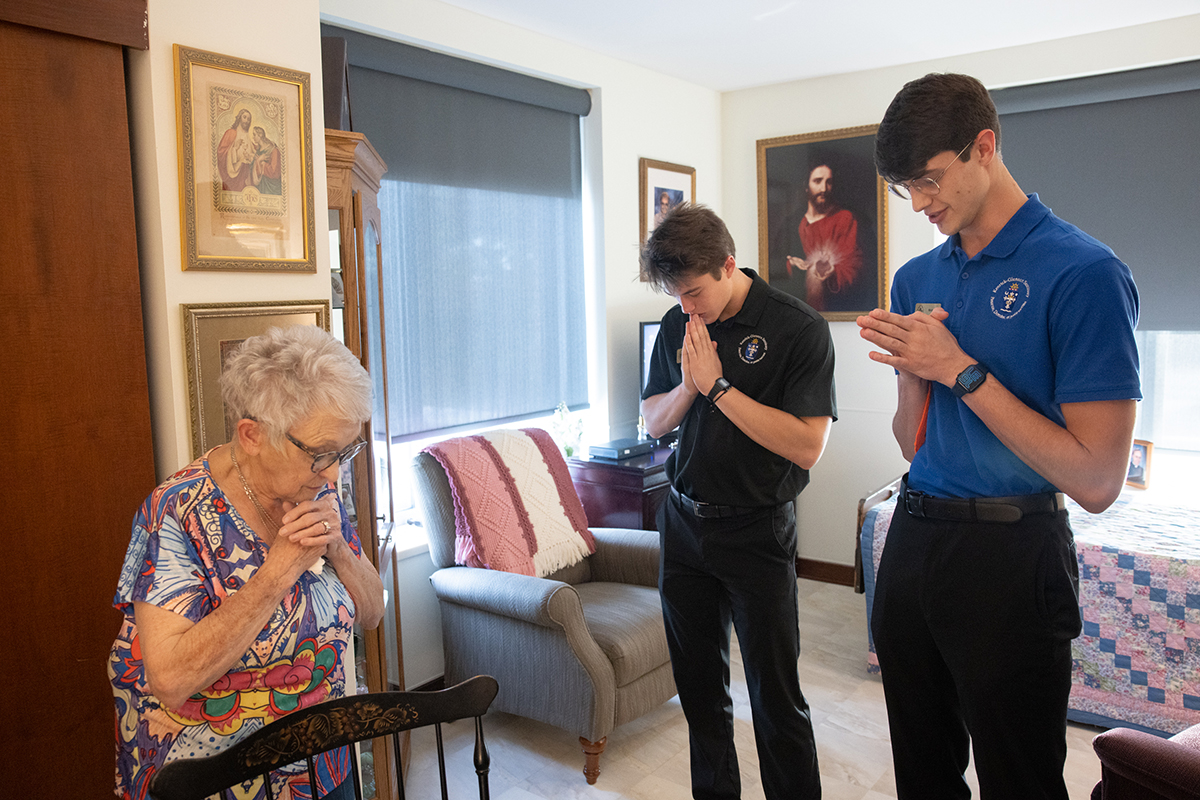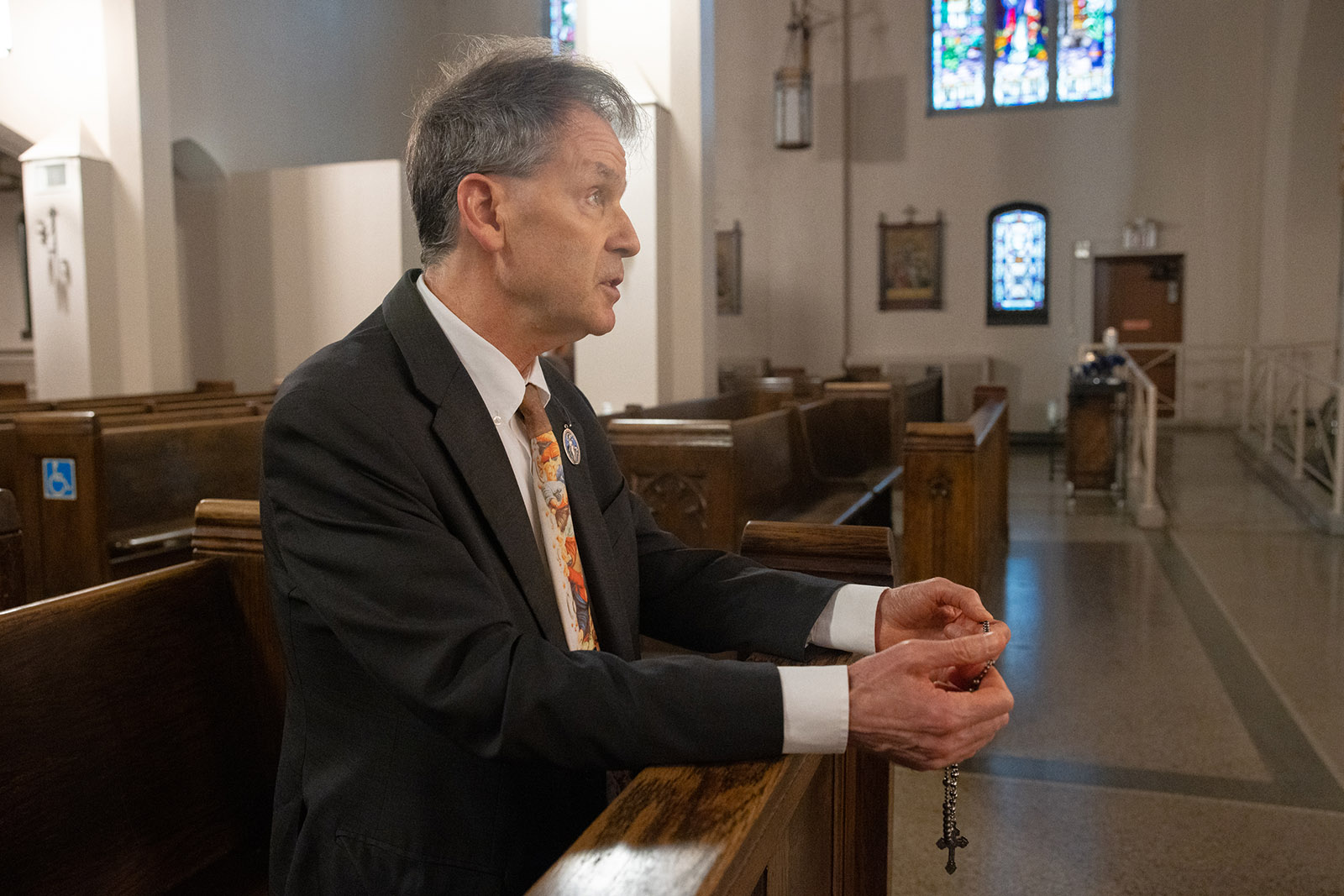From darkness comes the light of Christ

Advent is rich in symbolism using themes of light and darkness
Advent is rich in themes of light emerging from darkness as we prepare for the birth of Christ. Sunday, Nov. 28, marks the beginning of Advent and a new liturgical year.
The word Advent comes from the Latin “advenio,” meaning “to come.” For the first several weeks of Advent, the Church focuses on the coming of Christ at the end of time. Toward the latter part of Advent, Dec. 17-24, we focus on our preparation for the celebrations of the Nativity of our Lord at Christmas.
During this time of year in the Northern Hemisphere, periods of darkness become longer and the daylight shortens. The Winter Solstice is observed on Dec. 21, the day of the year with the least sunlight. Likewise, there are several ways in which we see the themes of darkness and light carrying over into the spiritual realm during the season of Advent.
In Scripture
In Scripture, Christ is referred to often as the “Light of the World,” opposite of the darkness of sin. In the Gospel of John, He says: “I am the light of the world. Whoever follows me will not walk in darkness, but will have the light of life.”
In Romans, we see this: “Besides this you know what hour it is, how it is full time now for you to wake from sleep. For salvation is nearer to us now than when we first believed; the night is far gone, the day is at hand. Let us then cast off the works of darkness and put on the armor of light; let us conduct ourselves becomingly as in the day, not in reveling and drunkenness, not in debauchery and licentiousness, not in quarreling and jealousy. But put on the Lord Jesus Christ, and make no provision for the flesh, to gratify its desires” (Romans 13:11-14).
The star of Bethlehem is another symbol mentioned in Scripture:
“When Jesus was born in Bethlehem of Judea, in the days of King Herod, behold, magi from the east arrived in Jerusalem, saying, “Where is the newborn king of the Jews? We saw his star at its rising and have come to do him homage” (Matthew 2:1-2).
Advent hymns
We also see the theme of light and darkness in music. A popular Advent song, “O Come, O Come Emmanuel,” includes this:
“O come, thou Dayspring from on high, And cheer us by thy drawing nigh: Disperse the gloomy cloud of night And death’s dark shadow put to flight. Rejoice! Rejoice! Emmanuel, Shall come to thee O Israel.”
Another example is the centuries-old Advent hymn, “Veni, redemptor gentium,” (“O Come, Redeemer of the Earth”), which was composed by St. Ambrose of Milan (340-397) and is included in the Office of Readings:
“Thy cradle here shall glitter bright, And darkness breathe a newer light, Where endless faith shall shine serene, And twilight never intervene.”
The Advent wreath
The candles of the traditional Advent wreath symbolize a contrast between darkness and light. The progressive lighting of the candles symbolizes the expectation and hope surrounding our Lord’s first coming into the world and the anticipation of His second coming to judge the living and the dead.
In the darkest days of December, the Advent wreath becomes illuminated week after week. We see in Scripture that “The light shines in the darkness, and the darkness has not overcome it … The true light, which enlightens everyone, was coming into the world” (John 1:5, 9).
Read more
Advent traditions: https://stlreview.com/3kRoo7j
Confession during Advent: www.archstl.org/advent-joy-3365
Rorate Caeli: https://stlreview.com/3CPJ1af
Journey to the nativity: https://stlreview.com/3CKW3pv
Advent resources from the Archdiocese of St. Louis: archstl.org/joy

Advent is rich in themes of light emerging from darkness as we prepare for the birth of Christ. Sunday, Nov. 28, marks the beginning of Advent and a new liturgical … From darkness comes the light of Christ
Subscribe to Read All St. Louis Review Stories
All readers receive 5 stories to read free per month. After that, readers will need to be logged in.
If you are currently receive the St. Louis Review at your home or office, please send your name and address (and subscriber id if you know it) to subscriptions@stlouisreview.com to get your login information.
If you are not currently a subscriber to the St. Louis Review, please contact subscriptions@stlouisreview.com for information on how to subscribe.







